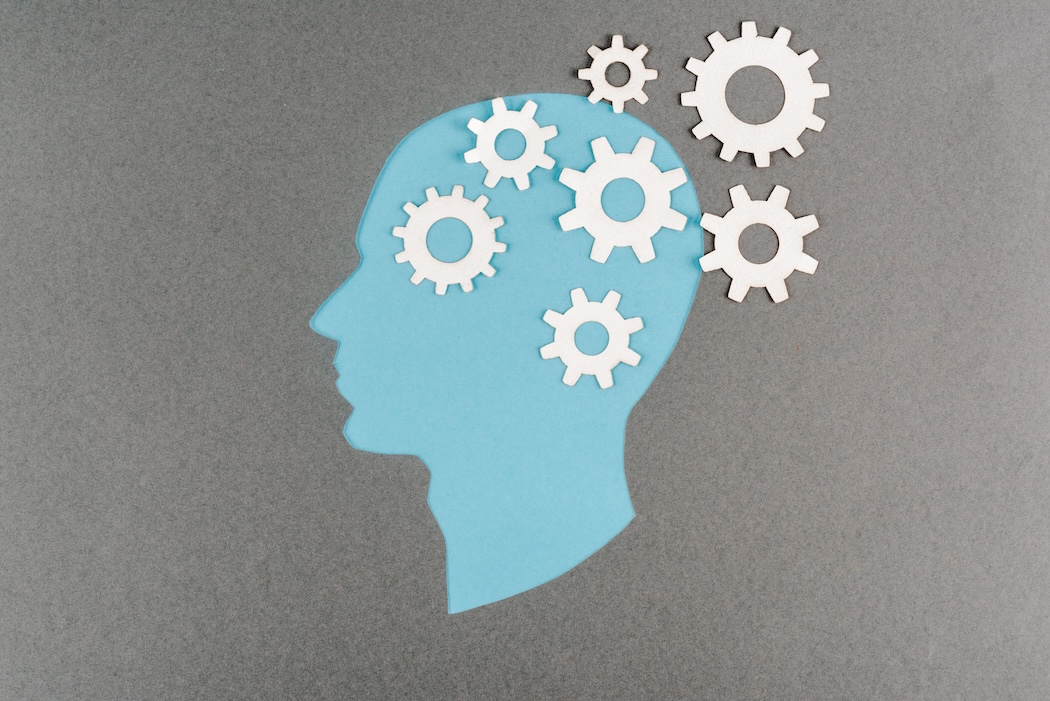Most organizations spend a lot of energy identifying their top performers—those few rockstars who hit every goal, exceed expectations, and lead with initiative. But what about the majority of the workforce? What about the dependable, consistent, “good” employees?
They’re the backbone of your business. And with the right motivation, many of them are capable of becoming great.
One of the most powerful, cost-effective tools to unlock that potential? Recognition.
In this article, we’ll explore how a well-structured recognition strategy can elevate the performance of average employees, shift workplace culture, and help entire teams rise together—not just a lucky few.
Why Average Performers Deserve More Attention
Let’s start by reframing the word “average.” In most cases, average employees are not underperformers. They’re:
- Competent
- Consistent
- Reliable
They meet expectations, contribute steadily, and rarely cause problems. But they don’t often stand out. And because they’re not at the bottom or the top of the performance bell curve, they tend to get overlooked.
That’s a mistake.
🔍 Why? Because this middle group usually represents 60–70% of your workforce. Even a small improvement in their performance—say 10–15%—can have a huge impact on overall productivity, innovation, and retention.
So, what motivates average performers to level up?
The answer isn’t just more pressure or stricter KPIs. It’s recognition—when done right.
Recognition: The Psychological Switch
Recognition is more than saying “thanks.” It’s a signal that says:
“What you do matters. We see your effort. And we believe you can do even more.”
Let’s look at how that signal activates improvement on a psychological level.
1. Recognition Builds Confidence
Many average performers don’t go the extra mile because they aren’t sure it will matter—or worse, they doubt they’re capable of excelling.
✅ Publicly recognizing a specific contribution (“Your detailed QA testing caught that bug before launch—great work!”) builds self-efficacy, a person’s belief in their own ability to succeed.
And self-efficacy is directly linked to goal-setting, persistence, and performance.
2. Recognition Reinforces the Right Behaviors
People repeat what gets noticed. Recognition creates a feedback loop that tells employees, “This is the kind of effort and impact we value.”
🧠 That loop helps employees develop better instincts, grow their skills, and stay aligned with organizational goals—all without needing micromanagement.
3. Recognition Fuels Motivation and Initiative
Gallup research shows that employees who receive regular recognition are more than twice as likely to be engaged at work.
For the average performer, that extra bit of engagement can mean:
- Volunteering for a challenging task
- Taking creative risks
- Coaching others
- Innovating solutions instead of doing things “the usual way”
Motivation isn’t always about ambition—it’s about believing it’s worth trying harder.
4. Recognition Reduces Fear of Failure
Sometimes, average performance stems from a fear of messing up.
Recognition, especially when focused on effort, learning, and collaboration, helps people feel safer taking risks. It creates a psychologically safe environment where trying and learning are valued.
That’s how employees evolve from “safe and steady” to “curious and courageous.”
From Quiet Contributor to Culture Carrier
Let’s be clear: Not everyone wants to be a superstar. But most people want to do meaningful work and be appreciated for it.
Recognition can turn a quiet contributor into:
- A peer mentor
- A trusted go-to person
- A consistent innovator
- A role model for team values
These are the kinds of employees who elevate teams from the inside out—often without needing a title change or promotion. All they need is support and visibility.
Stats That Prove Recognition Works
Still not convinced? Let the data do the talking.
📊 According to O.C. Tanner Institute’s Global Culture Report:
- 37% of employees say more recognition would encourage them to produce better work more often.
- Employees who receive meaningful recognition are 4x more likely to be highly engaged.
- Frequent recognition leads to a 44% increase in employee performance.
💼 And Bersin by Deloitte found that companies with effective recognition programs had:
- 31% lower turnover
- 12x stronger business outcomes
- 14% higher productivity
This isn’t just feel-good HR—this is business strategy.
The Recognition Blueprint: How to Elevate the Middle Tier
Ready to help your good employees become great? Here are five strategies that work:
⭐ 1. Recognize Consistency, Not Just Breakthroughs
Many employees only get noticed when they do something “above and beyond.” But steady, reliable work is just as essential.
Recognize those who:
- Meet deadlines consistently
- Offer thoughtful input in meetings
- Support their team during crunch times
These behaviors form the foundation of high-performing cultures.
🤝 2. Implement Peer-to-Peer Recognition
Managers miss a lot of what happens day to day. Peer recognition helps fill the gaps—and allows quieter team members to get the appreciation they deserve.
Tools like Karma make it easy to:
- Give real-time kudos in Slack or Teams
- Tie shoutouts to company values
- Track recognition trends over time
🎯 3. Be Specific and Impact-Oriented
“Nice job!” is nice—but it’s forgettable.
Recognition should highlight:
- What the person did
- Why it mattered
- How it aligned with goals or values
Example:
“Thanks for updating the project roadmap so thoroughly—it helped the whole team stay aligned before the client check-in.”
This tells the employee: “Your contribution made a real difference.”
🌱 4. Link Recognition to Growth Opportunities
Pair recognition with development:
- Recognize learning efforts (“You really picked up that new tool quickly—impressive!”)
- Celebrate skill-building
- Encourage stretch goals
This tells employees: “We don’t just appreciate what you’ve done—we believe in what you can do.”
🌟 5. Make Recognition a Daily Habit
Don’t wait for annual reviews or all-hands meetings. Recognition should be:
- Timely
- Visible
- Frequent
Encourage managers and peers to recognize contributions as they happen. The more immediate the feedback, the more powerful the impact.
Final Thought: Recognition is the Great Multiplier
You don’t need a team of superstars to build a great company. What you need is a culture where everyone is seen, supported, and encouraged to grow.
Recognition doesn’t just reward excellence—it creates it.
It tells your team: “We believe you’re capable of more.” And that belief is often all it takes to turn an average performer into a high-impact one.
Ready to Recognize More, Every Day?
With Karma, you can build a culture of appreciation where no good work goes unnoticed. Empower your team to recognize one another, reinforce values, and unlock the full potential of your people—right inside Slack or Teams.
👉 Start using Karma for free and help your good employees become great.


 The Psychology of Performance: How Recognition Triggers Excellence
The Psychology of Performance: How Recognition Triggers Excellence